What soil do you put in a raised garden bed? Experts use this ancient method for nutritious greenery
Your beds are only as good as the soil that's in them – this is the age-old solution that experts use for healthy plants above
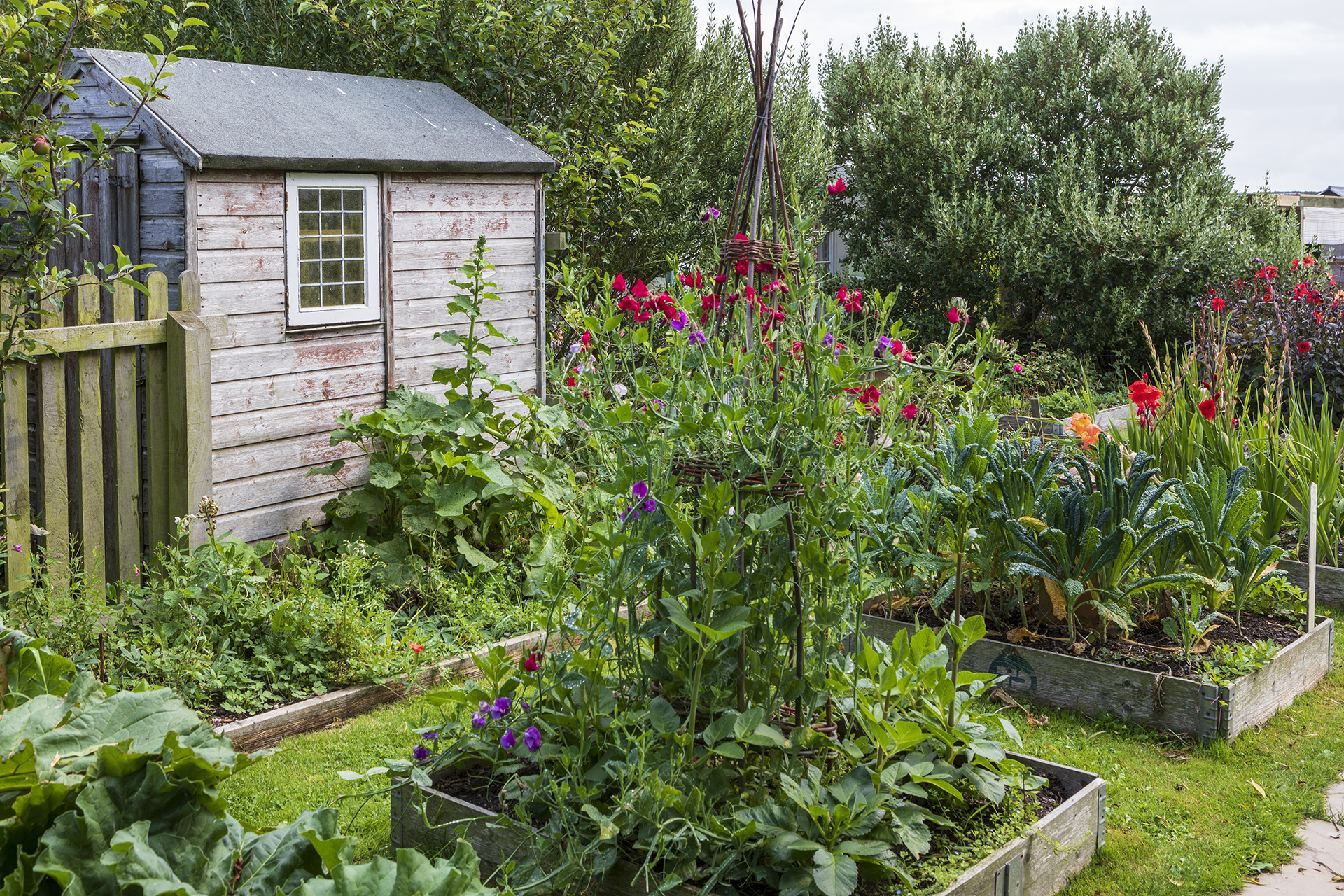
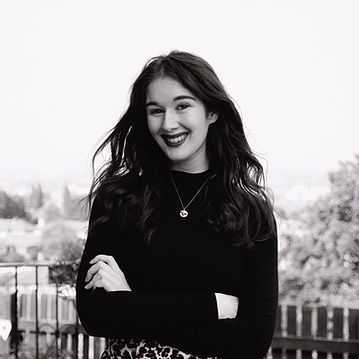
Wondering what soil you should put in a raised garden bed? While your choice of soil may not seem important in comparison to other raised garden bed ideas (such as your choice of plants), it is a surprisingly vital factor with an impact on your entire garden. So, when looking at how to build a raised garden bed, it is a good idea to bring soil to the top of your priority list.
But what should you put in a raised bed? Here are the natural solutions that the experts are using in their gardens.
What soil should you put in a raised garden bed?
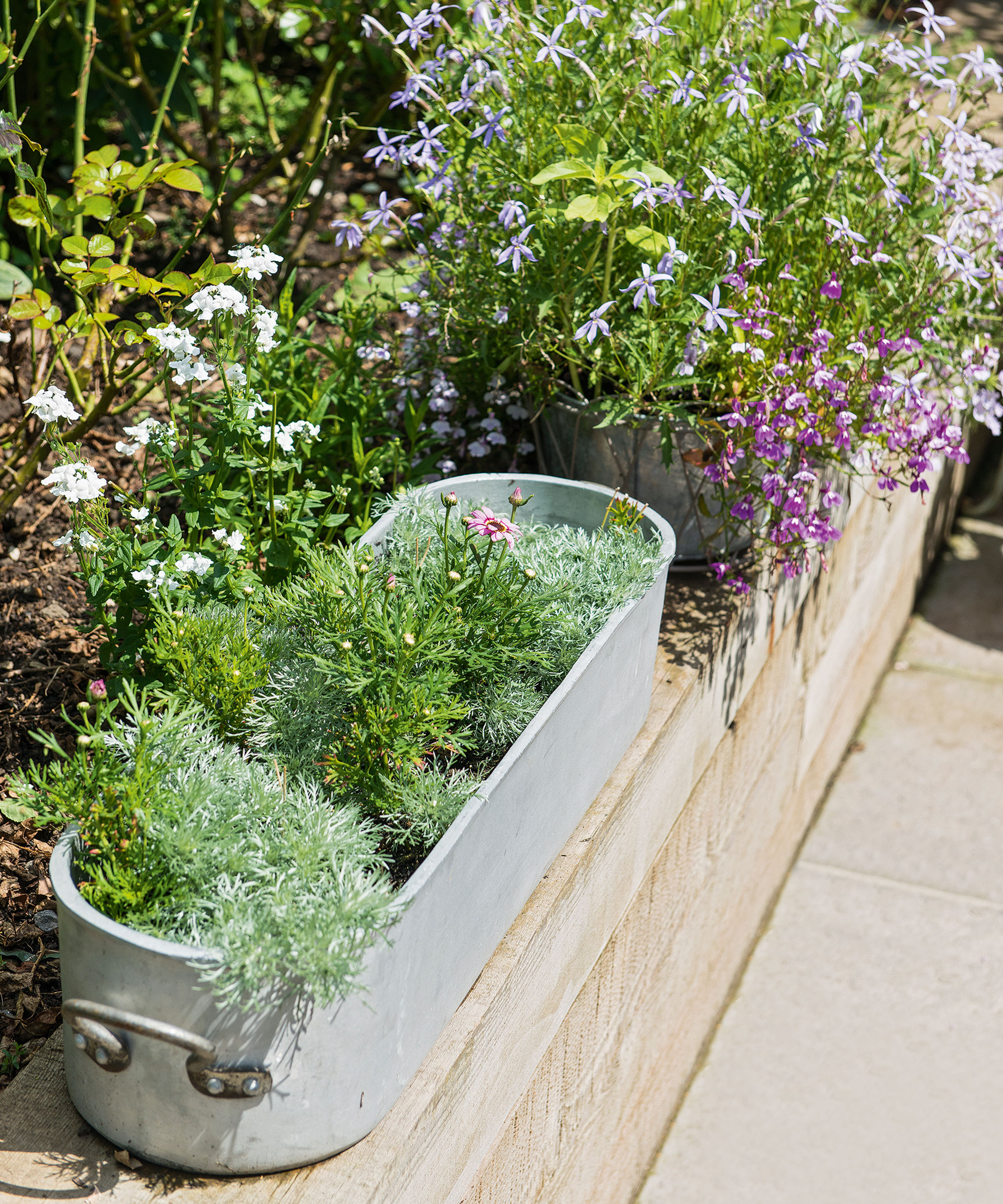
According to H&G's garden expert Rachel Crow, it is best to avoid taking soil from your yard or regular garden bed because it is too dense for a raised bed or container. 'For containers, I opt for purpose-made potting soil, such as this one from Amazon, which is lightweight and better for your raised plot.'However, for a raised bed, experts recommend an ancient solution named Hugelkultur – made from organic matter and natural materials.
Using the Hugelkultur method in your raised garden bed
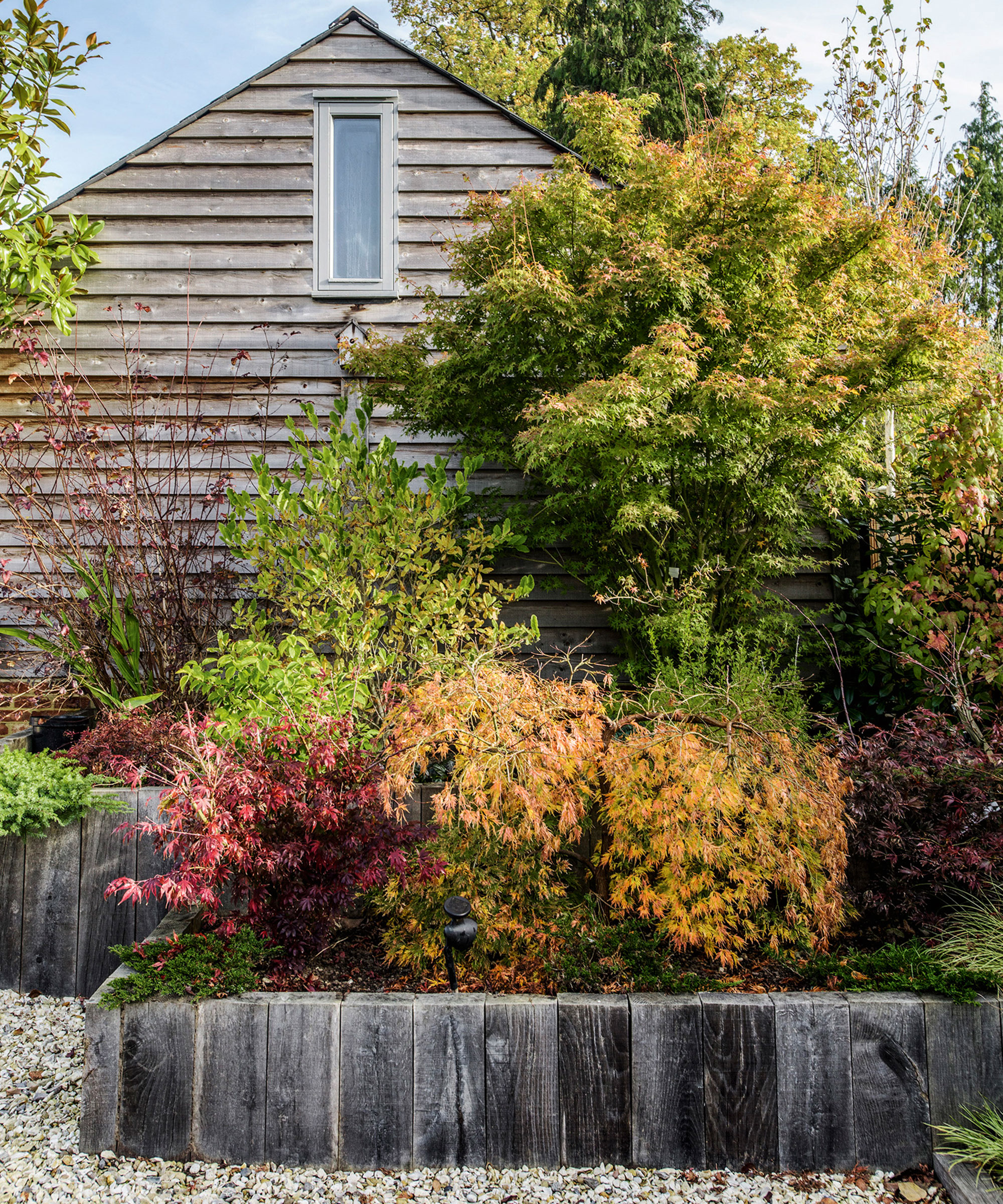
Hugelkultur is an ancient method of gardening that involves creating layers to allow decomposition to take place below the soil. This provides nutrients to the plants growing above. Expert John.D Thomas from Backyard Garden Geek recommends using the method in your raised garden ideas – suggesting it is a simple and accessible solution that is entirely sustainable. But what does the process involve?
1. Collect organic matter
'Instead of filling your entire raised bed with soil, fill the bottom of the bed with all kinds of natural materials from your yard,' John says. This can be anything from logs, branches, sticks, leaves, grass clippings, or even compostable food scraps from the kitchen. 'Just be sure to leave room for at least 6" of soil, which you'll add once you've filled up the bottom of your raised bed,' he says.
'Over time, all the materials you placed at the bottom of your raised bed will rot and decompose, providing minerals and nutrients for your plants and attracting earthworms and other good bugs to your bed.'
2. Add soil to your raised garden bed
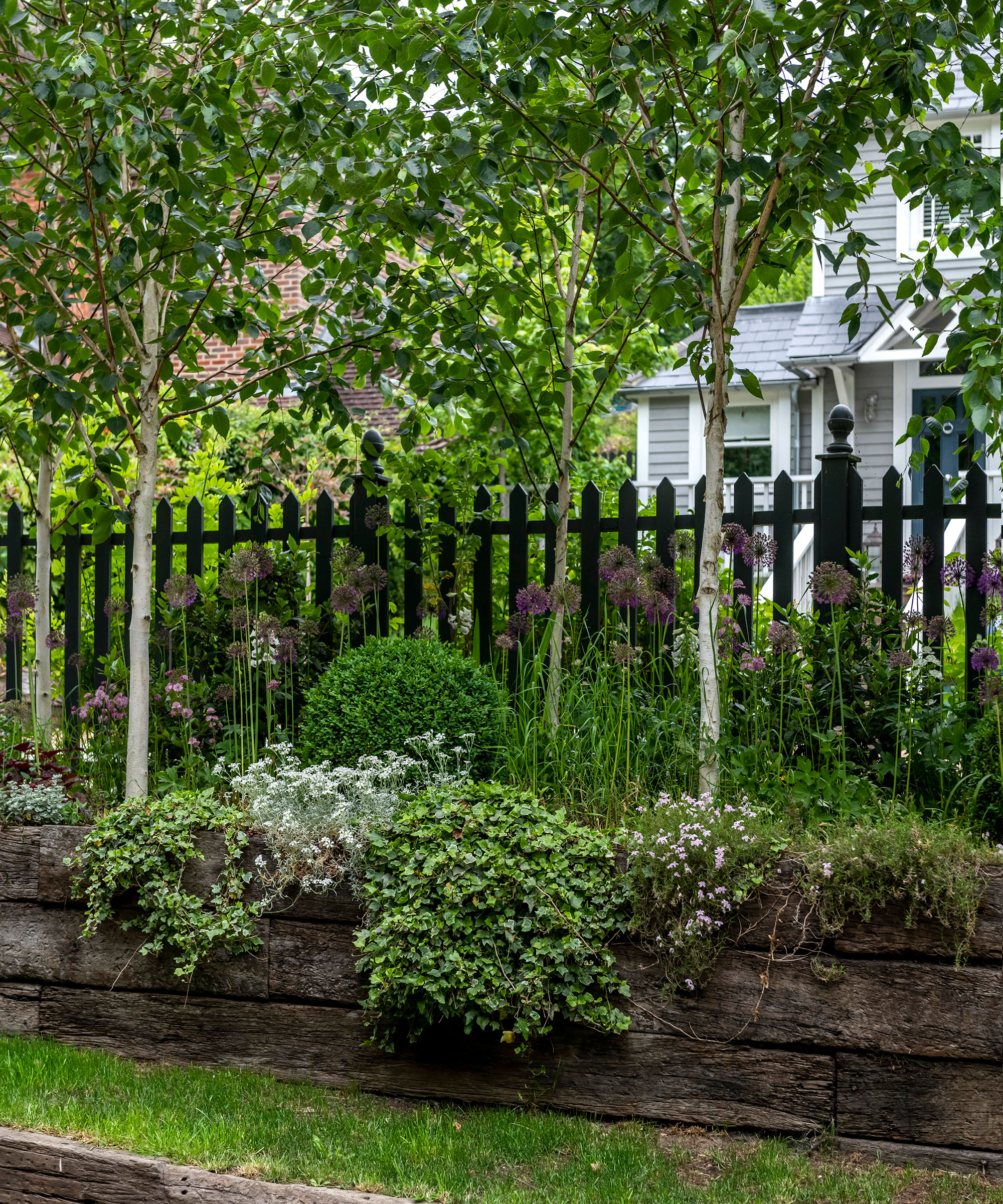
After filling the bottom of your raised bed with the appropriate natural materials, it is time to add soil to the bed. It is best to buy soil that is formulated for veggie growing as this will elevate your vegetable garden ideas over time.
'If you've got a smaller raised bed, simply purchase 2-3 bags of decent potting soil plus 1-2 bags of compost. Then mix them and cover all of the branches, leaves, and grass clippings completely,' John instructs.
3. Plant strategically
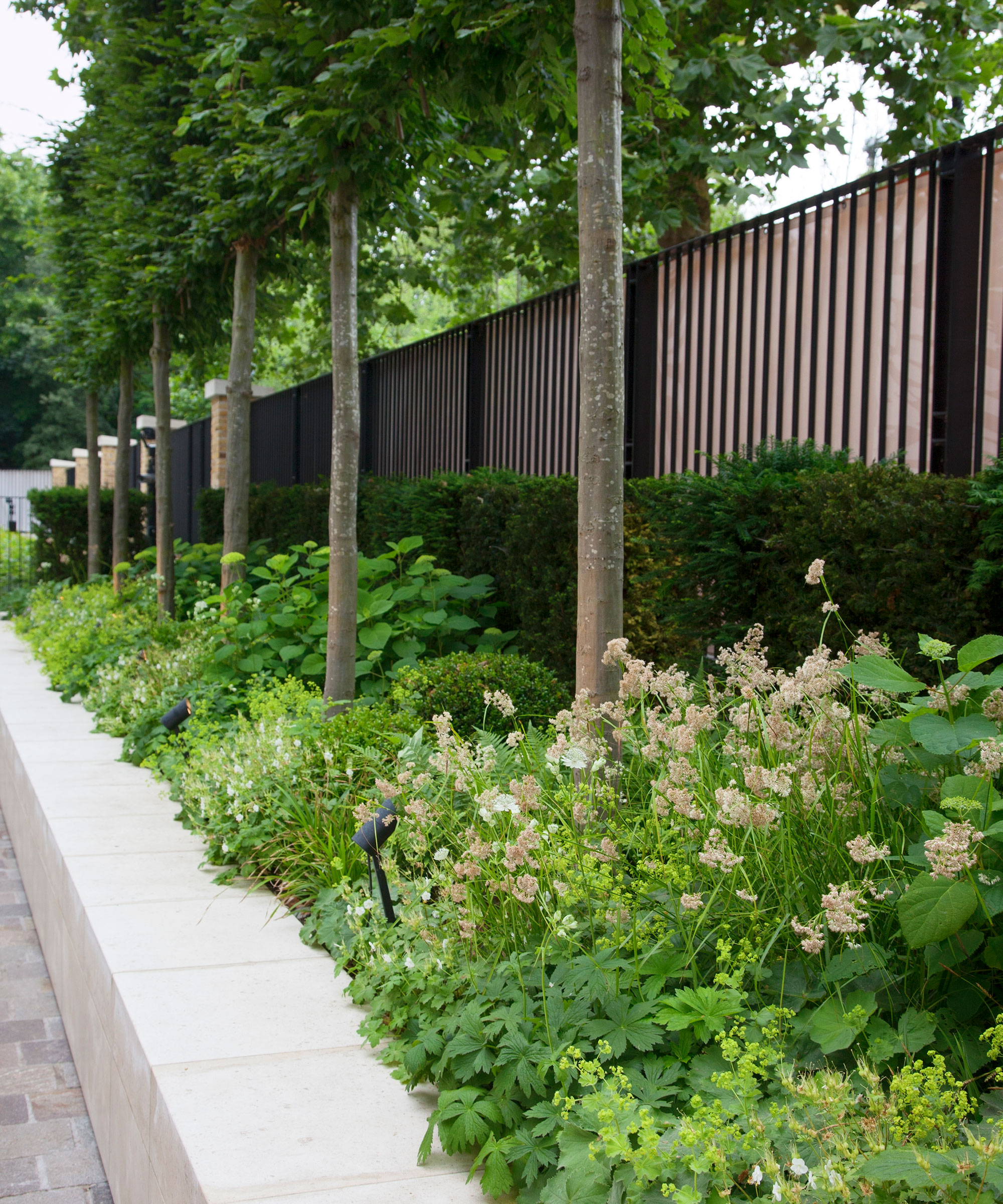
One thing to remember with the Hugelkultur method is that the order of your planting matters. 'If you're using this method, be sure to put plants with shallow root systems in the bed that first year since they'll have a relatively meager area to grow in,' John says.
However, after the first year, much of the material in the bottom of the bed will have rotted – leaving lots of space for various other plants. 'Over time, the bed will sink a bit as the material at the bottom decomposes. Once you notice that, simply add more soil to the top and continue gardening,' the expert adds.
What is the best soil mix for raised garden beds?
We recommend the Hugelkultur method as a way to promote great raised garden bed health. However, Rachel also suggests following a ratio of 60% topsoil. 30% compost and 10% Potting soil. The latter is not soil but a combination of peat moss and perlite that is beneficial to the ground.
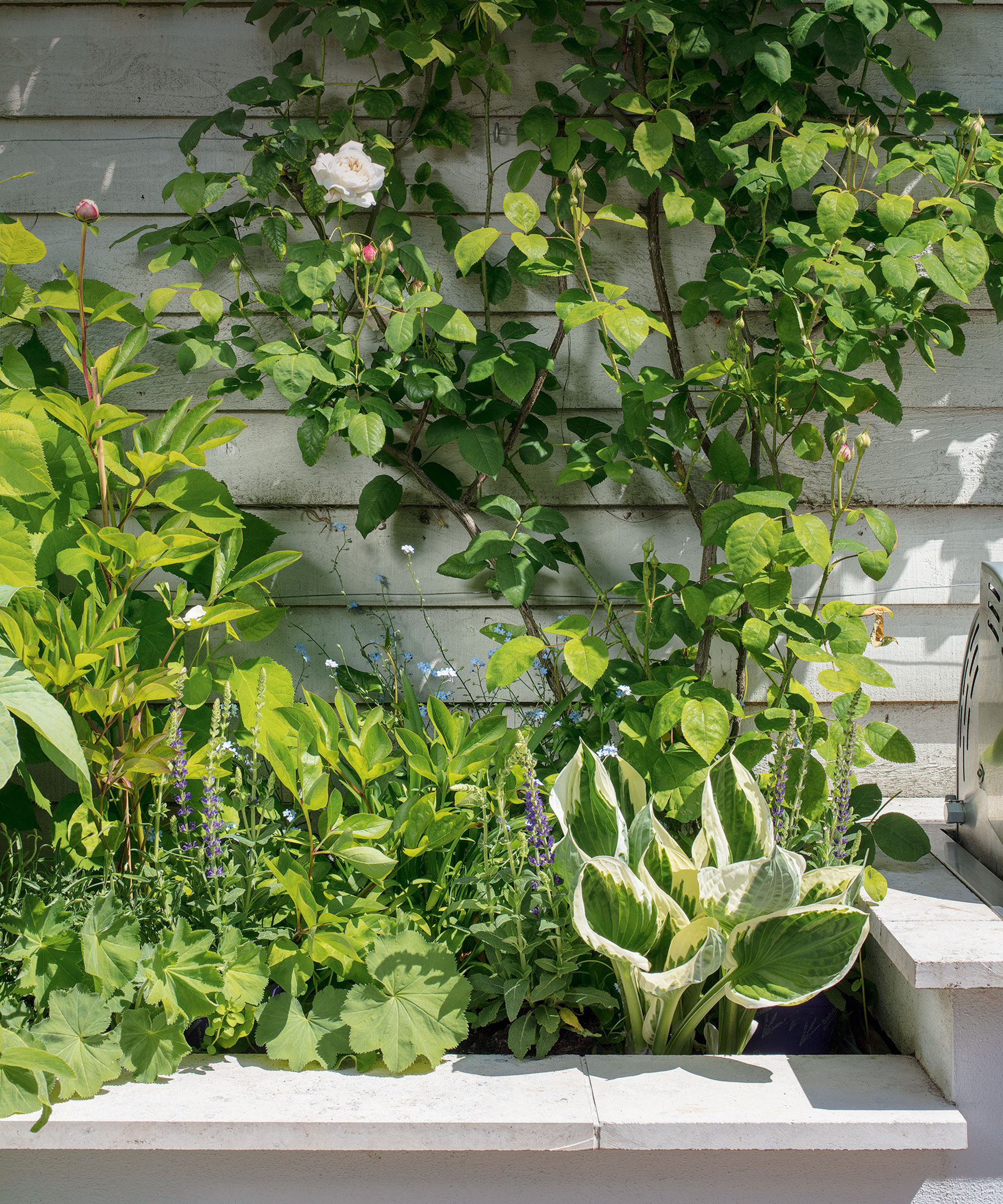
Can you use regular soil for raised garden beds?
Yes, you can in theory, but it's better to choose a more specific alternative, such as the purpose-made potting soil, whether you use the Hugelkultur method or not. This formula will retain moisture to bring nutrients to your plants' roots and promote healthy growth all season long.
Sign up to the Homes & Gardens newsletter
Design expertise in your inbox – from inspiring decorating ideas and beautiful celebrity homes to practical gardening advice and shopping round-ups.

Megan is the Head of Celebrity Style News at Homes & Gardens, where she leads the celebrity/ news team. She has a history in interior design, travel, and news journalism, having lived and worked in New York, Paris, and, currently, London. Megan has bylines in Livingetc, The Telegraph, and IRK Magazine, and has interviewed the likes of Drew Barrymore, Ayesha Curry, Michelle Keegan, and Tan France, among others. She lives in a London apartment with her antique typewriter and an eclectic espresso cup collection, and dreams of a Kelly Wearstler-designed home.
-
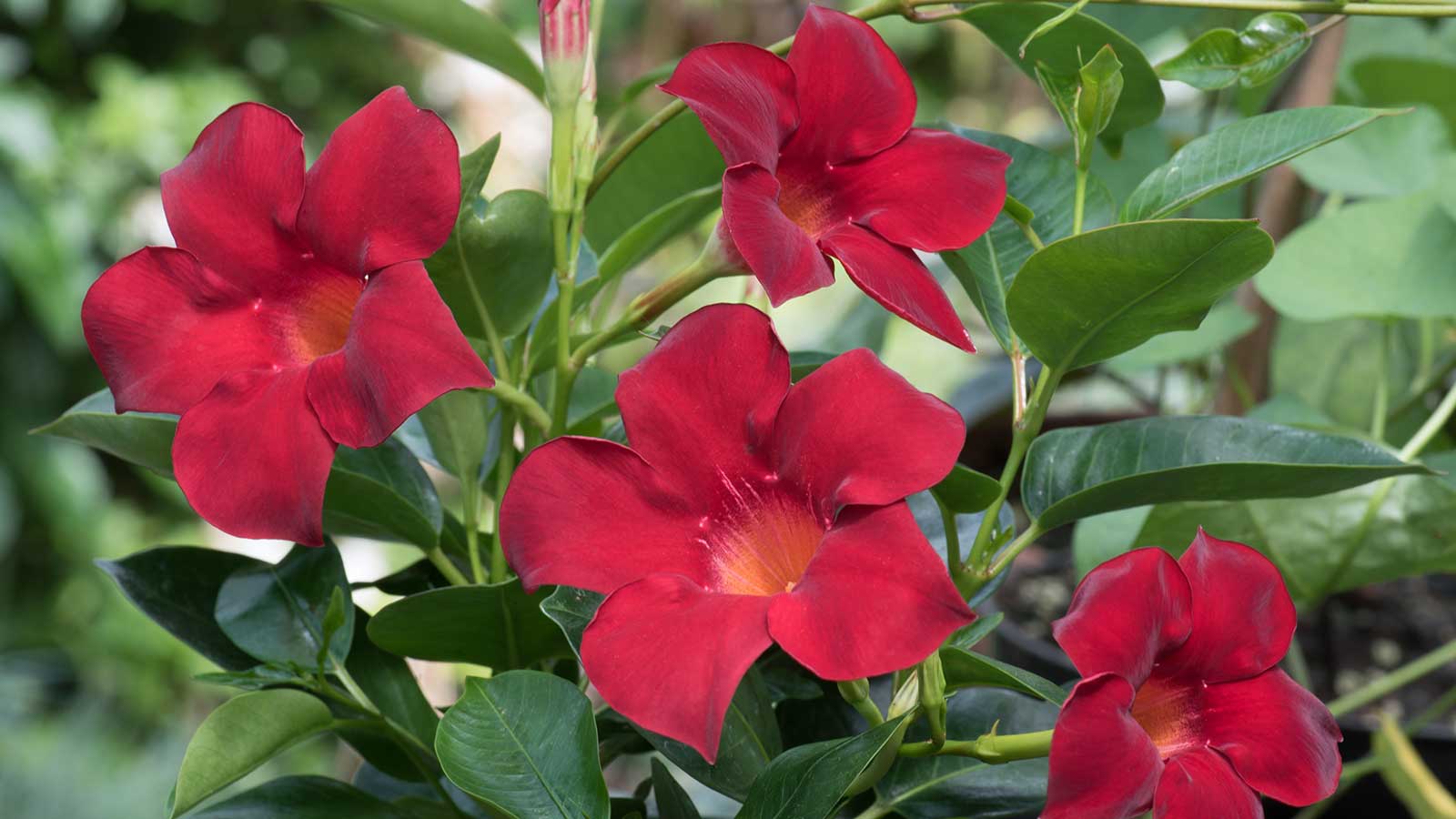 Pot plants that thrive on neglect – 5 easy-going picks for super busy gardeners
Pot plants that thrive on neglect – 5 easy-going picks for super busy gardenersFrom spiky succulents to pollinator-friendly blooms, these expert recommendations need barely any attention to flourish
By Holly Crossley
-
 The 5 most welcoming front door colors for spring – these happy colors promise to invite joy into your home, according to experts
The 5 most welcoming front door colors for spring – these happy colors promise to invite joy into your home, according to expertsMaking a front door look welcoming using clever color choices is a design goal everyone wants to achieve. We spoke to a few of our favorite interiors people to find out their paint color secrets
By Jennifer Ebert